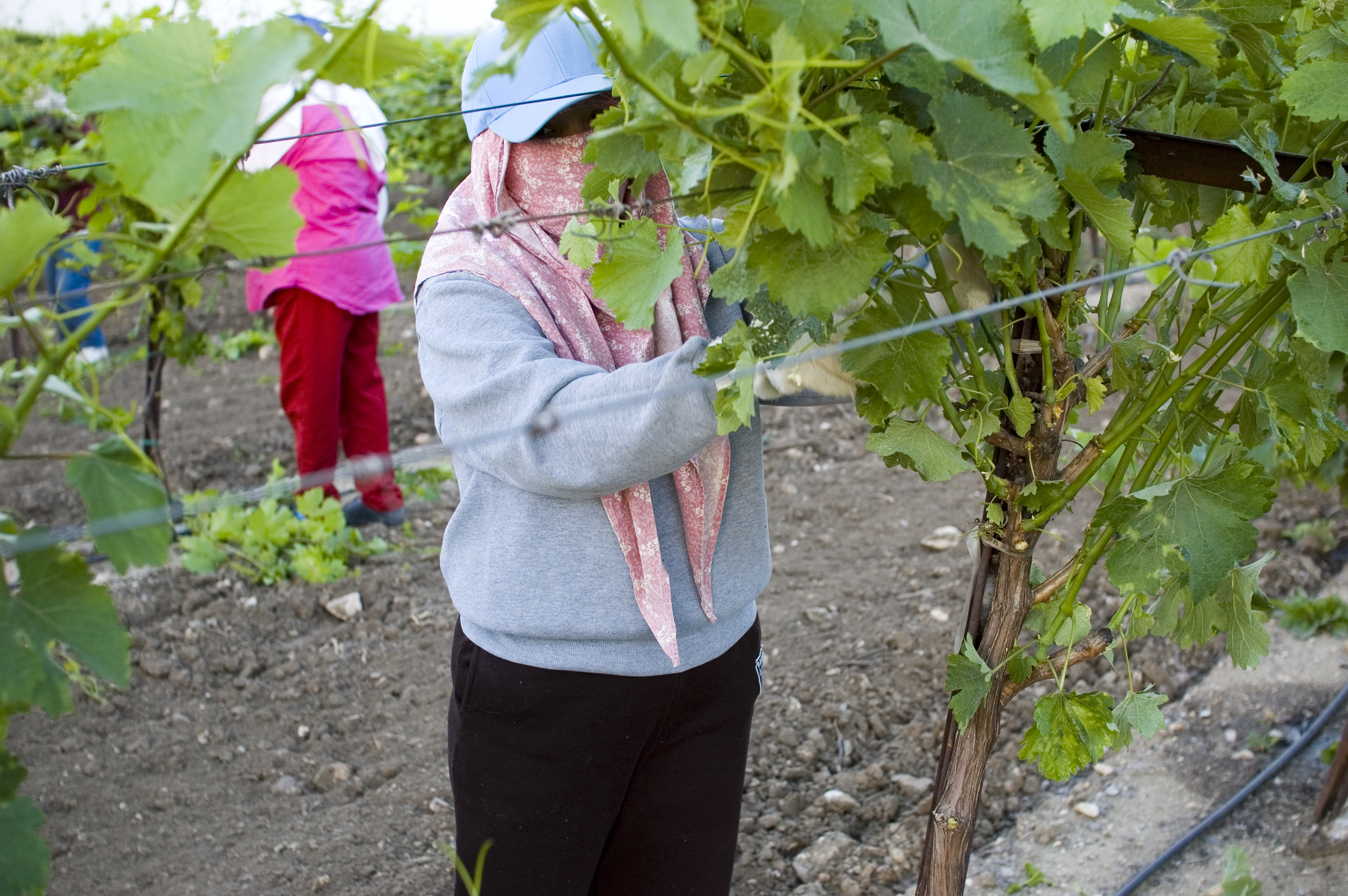H-2A Workers Help Feed the Nation

Agricultural work is backbreaking. Despite it being classified as unskilled labor, it takes the right skill sets to pick fruits and other crops correctly, while it takes tremendous endurance to sustain oneself in the rigorous elements such as the intense heat, humidity, or muck and not to mention the long, painful, and monotonous hours. Yet, the desired skills listed on jobsites for farmworkers simply include “listening to others, not interrupting, and asking good questions.” Dependability and willingness to perform a job at low pay are also standard requirements for farmworkers. Given the low wages and the labor intensive work, Americans are hardly interested in performing farm work for a living. Thus, American farm companies rely on domestic migrant workers, H-2A workers (contracted temporary foreign guest workers), and on unauthorized foreign workers to produce and harvest crops that feed the nation.
Many people do not realize that the H-2A guest worker program is currently used in the agricultural sector. This is not the first time the U.S. has imported guest workers to work the nation’s fields. In reaction to the shortage of farmhands left in the country during World War II, the U.S. launched the Bracero Program, partnering with the government of Mexico, which agreed to help by sending its citizens to help keep the U.S. fed. By 1964, the voices of critics who saw the dangers and exploitation of the program became loud enough and the government ended the program. The Immigration Reform and Control Act of 1986 created the H-2A visa, designating it strictly for agricultural employment. A foreign workforce was needed to supplement domestic and migrant farm labor as traditional farmworkers were aging, settling out of the migrant farmworker stream, and seeking other employment opportunities. The expansion of the H-2A program in the last two decades is representative of the labor shortage in the agriculture sector and the heightened hysteria created by the rise of ICE and anti-immigration rhetoric that has become prevalent. Small farmers are impacted by the increase of H-2A workers and the decline of domestic farmworkers as they are not able to afford the higher costs of processing legally contracted guest workers (Contratados). Corporations and agribusiness, on the other hand, can afford H-2A workers.
Over ninety-four percent of the nearly 250,000 H-2A workers come from Mexico and before entering the country face exploitation and abuse. By law, H-2A workers are excluded from paying any recruitment fees; however, due to the many discrepancies that exist in the program (being transnational), many often enter the U.S. heavily indebted to unscrupulous and ruthless intermediate recruitment organizations. Once they arrive in the U.S. they are tied to one employer and have no other recourse than to accept less than ideal working conditions and/or other abuses to pay for the debt they have incurred. Due to their desperate economic conditions, where almost half of H-2A workers have taken out loans to cover expenses, they are willing to enter the U.S. and perform whatever work is asked of them.
Due to the recent, rapid growth of the H-2A program, government agencies such as the Department of Labor, the Department of State, the Department of Justice, the Department of Homeland Security’s U.S. Citizenship and Immigration Services (USCIS), along with ICE, are currently overwhelmed and are not able to provide proper oversight of the program. Not surprisingly, this leads to abuses and exploitation of H-2A workers. This has forced states such as Washington in 2019 to pass House Bill SB 5438 which establishes an office to monitor farms using H-2A labor. Critics of the program and former H-2A workers have gone as far as calling it “Modern Day Slavery.” Further investigations are needed to ensure that the rights of laborers are protected, that all benefit from American agribusiness, and that healthful foods continue to be on the dinner table without the exploitation of workers.
